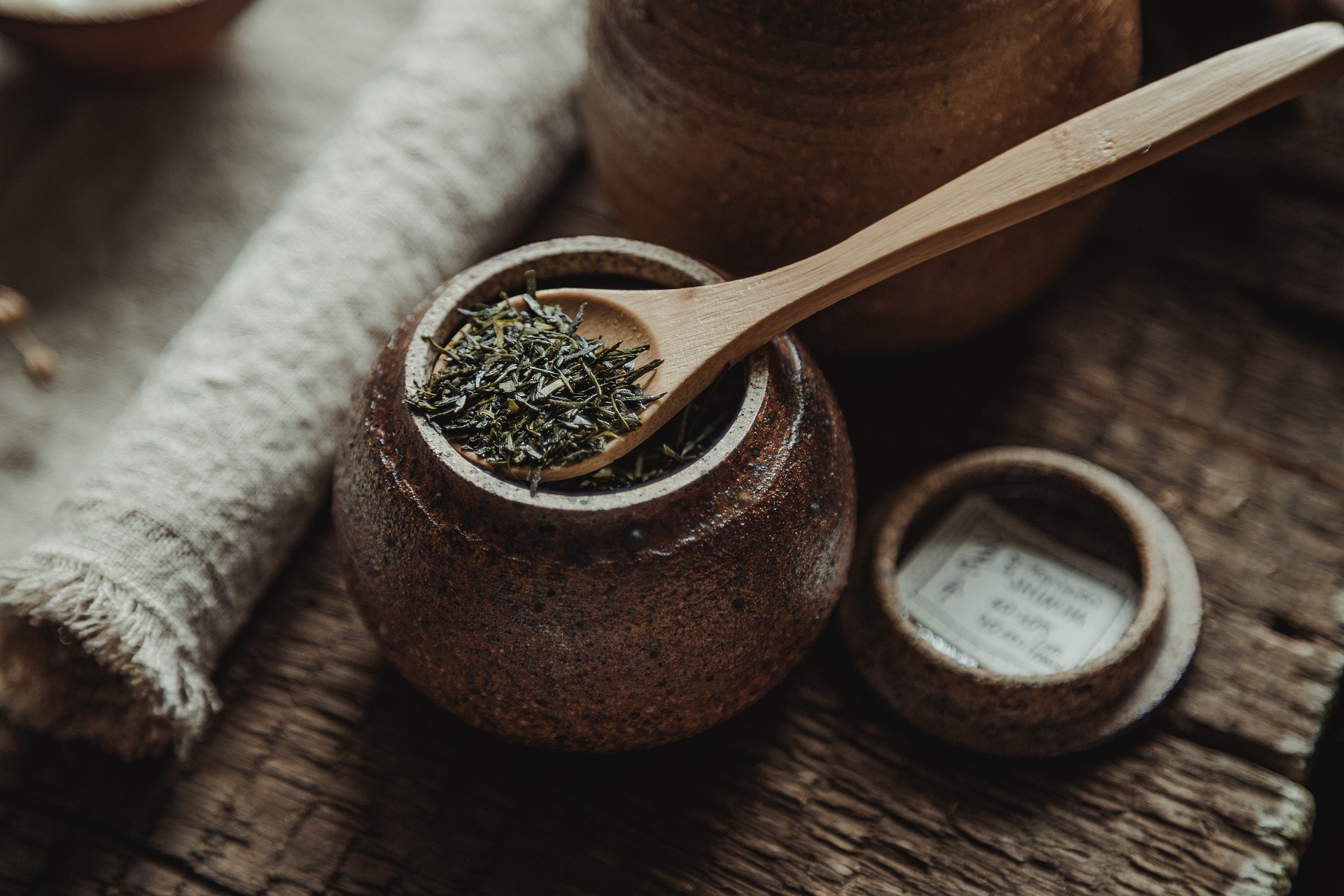White tea, known for its delicate flavor and numerous health benefits, is a treasured variety in the world of tea. From its historical roots to its modern-day allure, white tea offers a unique experience for tea enthusiasts. This guide delves into the essence of white teas, exploring their origins, types, health benefits, and brewing techniques, along with some frequently asked questions to deepen your understanding and appreciation of this exquisite beverage.
The Origin and History of White Tea
White tea has a rich history that dates back to ancient China. It originated in the Fujian province during the Tang Dynasty (618-907 AD). Initially, white tea was reserved for royalty and nobility, due to its rarity and the meticulous process required for its production. The leaves were handpicked and minimally processed to preserve their natural flavors and delicate aroma. Over the centuries, white tea has maintained its esteemed status and continues to be a symbol of purity and sophistication. White tea leaf
Types of White Tea
White tea comes in various types, each offering a distinct flavor profile and aroma. The most common types of white tea include:
1. Silver Needle (Bai Hao Yinzhen)
Silver Needle is the most prized and sought-after white tea. It is made exclusively from the tender buds of the tea plant, which are covered in fine, silvery-white hairs. This tea is known for its delicate, sweet flavor and light, floral aroma.
2. White Peony (Bai Mu Dan)
White Peony is made from a combination of young tea buds and leaves. It has a slightly stronger flavor compared to Silver Needle, with a floral and fruity aroma. The leaves are greenish-brown with white fuzz, giving the tea its characteristic appearance.
3. Tribute Eyebrow (Gong Mei)
Gong Mei is a lower grade of white tea made from more mature leaves and fewer buds. It has a bolder flavor with hints of fruit and a slightly darker liquor. While not as delicate as Silver Needle or White Peony, it still offers a pleasant and enjoyable tea experience.
4. Shou Mei
Shou Mei is another variety of white tea made from mature leaves. It has a robust flavor with a hint of sweetness and a darker color. Shou Mei is often used in blends and can be enjoyed on its own or as a base for flavored teas.
Health Benefits of White Tea
White tea is not only cherished for its delicate flavor but also for its numerous health benefits. Here are some of the key benefits associated with white tea:
1. Rich in Antioxidants
White tea is packed with antioxidants, particularly catechins, which help neutralize free radicals in the body. These antioxidants can reduce the risk of chronic diseases and promote overall health.
2. Supports Weight Loss
White tea has been shown to boost metabolism and promote fat oxidation, making it an excellent addition to a weight loss regimen. The presence of caffeine and catechins helps increase energy expenditure and improve fat burning.
3. Promotes Heart Health
Regular consumption of white tea can improve cardiovascular health by reducing cholesterol levels, improving artery function, and lowering blood pressure. The antioxidants in white tea help protect the heart and reduce the risk of heart disease.
4. Enhances Skin Health
White tea has anti-aging properties that can help maintain youthful and healthy skin. The antioxidants in white tea protect the skin from damage caused by UV rays and environmental pollutants, reducing the appearance of wrinkles and fine lines.
5. Strengthens the Immune System
White tea contains antibacterial and antiviral properties that can boost the immune system and protect against infections. The tea’s polyphenols help strengthen the body’s defense mechanisms, keeping you healthy and resilient.
How to Brew White Tea
Brewing white tea requires a gentle touch to preserve its delicate flavors and aroma. Here are some steps to guide you in brewing the perfect cup of white tea:
1. Choose the Right Water
Use fresh, filtered water with a low mineral content to avoid altering the tea’s flavor. The ideal water temperature for brewing white tea is between 160-185°F (70-85°C).
2. Measure the Tea Leaves
Use about 1-2 teaspoons of white tea leaves per cup (8 oz) of water. Adjust the amount according to your taste preference and the type of white tea you’re using.
3. Steeping Time
Place the white tea leaves in a teapot or infuser and pour the hot water over them. Let the tea steep for 3-5 minutes. Be mindful not to over-steep, as this can result in a bitter taste.
4. Strain and Serve
After the steeping time, strain the tea leaves and pour the tea into your cup. Enjoy the delicate and refreshing flavors of white tea.
Conclusion
White tea is a remarkable beverage that offers a unique blend of flavor, history, and health benefits. From its origins in ancient China to its modern-day popularity, white tea continues to captivate tea enthusiasts worldwide. Whether you’re new to white tea or a seasoned connoisseur, exploring the different types and brewing techniques can enhance your appreciation for this exquisite tea.
FAQs About White Tea
What is white tea?
White tea is a minimally processed tea made from the young leaves and buds of the Camellia sinensis plant. It is known for its delicate flavor and light, floral aroma.
How is white tea different from other teas?
White tea undergoes the least processing compared to other types of tea. It is simply withered and dried, preserving its natural flavors and nutrients.
Does white tea contain caffeine?
Yes, white tea contains caffeine, but in lower amounts compared to black and green tea. The caffeine content can vary depending on the type and brewing method.
What are the health benefits of white tea?
White tea offers numerous health benefits, including being rich in antioxidants, supporting weight loss, promoting heart health, enhancing skin health, and strengthening the immune system.
How should white tea be stored?
White tea should be stored in a cool, dry place away from direct sunlight and strong odors. Keep it in an airtight container to preserve its freshness and flavor.
Can white tea be re-steeped?
Yes, white tea leaves can be re-steeped multiple times. Each subsequent infusion may have a slightly different flavor profile, allowing you to enjoy the tea’s nuances.
What is the best time to drink white tea?
White tea can be enjoyed at any time of the day. Its light and refreshing nature make it a great choice for a morning or afternoon beverage.
Incorporating white tea into your daily routine can provide a soothing and healthful experience. Whether you’re sipping a cup of Silver Needle or savoring the boldness of Shou Mei, white tea offers a delightful journey into the world of fine teas.
2 Pcs Kitchen Mats, Waterproof Memory Foam Kitchen Rugs, Standing Desk Mat Floor Mats, Comfort Runner Rug Carpets for Kitchen Floor, Sink (c)
₹549.00 (as of 17 October, 2024 18:17 GMT +05:30 - More infoProduct prices and availability are accurate as of the date/time indicated and are subject to change. Any price and availability information displayed on [relevant Amazon Site(s), as applicable] at the time of purchase will apply to the purchase of this product.)Lexton 36 Feet Long 40 LED Power Pixel Serial String Light/Fairy Light | Plug Sourced | Suitable for Home & Outdoor Decoration, Diwali, Christmas, Ramadan, Wedding, Festival (Pack of 1 Warm White)
₹79.00 (as of 17 October, 2024 18:17 GMT +05:30 - More infoProduct prices and availability are accurate as of the date/time indicated and are subject to change. Any price and availability information displayed on [relevant Amazon Site(s), as applicable] at the time of purchase will apply to the purchase of this product.)NIYAMAX LED String Lights - 12 Meter Fairy Lights with Full View Light 40 LED Bulb - Home Decor Waterproof & Flexible Copper LED Serial String Lights (Warm White)
₹79.00 (as of 17 October, 2024 18:17 GMT +05:30 - More infoProduct prices and availability are accurate as of the date/time indicated and are subject to change. Any price and availability information displayed on [relevant Amazon Site(s), as applicable] at the time of purchase will apply to the purchase of this product.)Amazon Brand - Solimo 1000ml Stainless Steel Insulated (Thermosteel) Water Bottle | 24 Hours Hot and Cold | Leakproof, Rust and Corrosion Resistant| For Travel, Office, Trekking, Home (Silver)
₹529.00 (as of 17 October, 2024 18:17 GMT +05:30 - More infoProduct prices and availability are accurate as of the date/time indicated and are subject to change. Any price and availability information displayed on [relevant Amazon Site(s), as applicable] at the time of purchase will apply to the purchase of this product.)CareFoam Ultimate Cervical Neck Pillow for Pain Relief Sleep, Improves Posture & Spinal Alignment, Neck Pain Relief Cushion with Ultra Responsive Memory Foam & Skin Friendly Cover, White Pack of 1
₹659.00 (as of 17 October, 2024 18:17 GMT +05:30 - More infoProduct prices and availability are accurate as of the date/time indicated and are subject to change. Any price and availability information displayed on [relevant Amazon Site(s), as applicable] at the time of purchase will apply to the purchase of this product.)Discover more from The General Post
Subscribe to get the latest posts sent to your email.





